Totally Wired: Music publications that made a difference
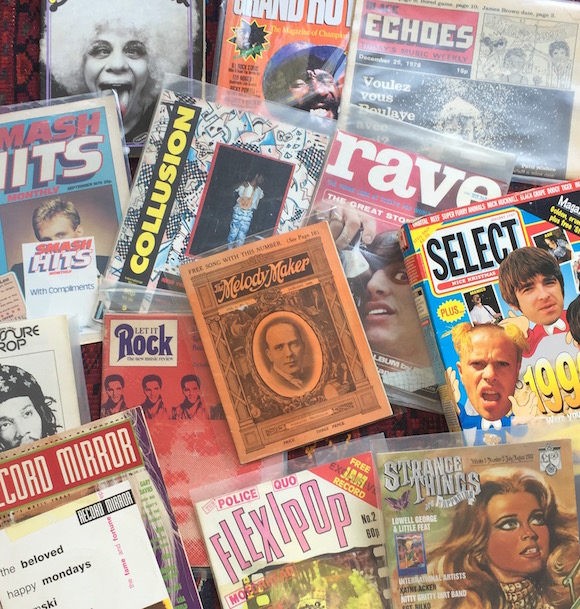
When he launched the small-format 32-page song sheet The Melody Maker in 1926, Tin Pan Alley music publisher Lawrence Wright sparked the media revolution that created the music press.
This multi-million pound business eventually straddled the Atlantic and simultaneously proved a fertile breeding ground for generations of writers, photographers, film-makers and performers who made their mark in the wider world.
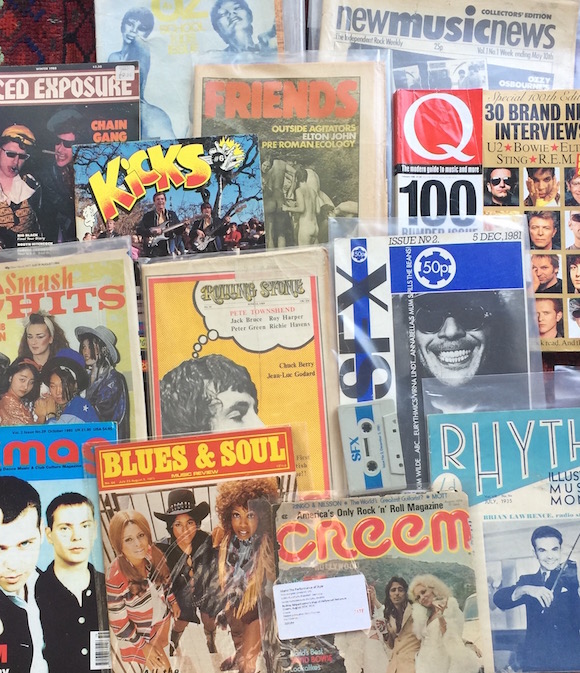
Everyone from Bob Geldof, Chrissie Hynde and Neil Tennant to Danny Baker, Caroline Coon, Julie Burchill, Barbara Ellen, Caitlin Moran, Miranda Sawyer and movie directors Cameron Crowe and Anton Corbijn (and even Michael Winner) cut their teeth on music magazines such as Melody Maker, New Musical Express, Rolling Stone, ZigZag and Smash Hits.
In turn musicians bristled at the power of the critics by lashing out: in the 60s Bob Dylan’s Ballad of a Thin Man sneered at Melody Maker’s jazz nabob Max Jones, and Nick Cave’s 1980s song Scum considered NME and Sounds writers Mat Snow and Antonella Gambotto-Burke in scabrous terms (listen above). Ten years on, the late Tupac Shakur objected to an editorial about him in influential hip-hop zine The Rap Pages by physically threatening the journalist responsible.

My book Totally Wired – the paperback is published next week – charts the unbound talent, blind ambition and sometimes bitter rivalries which accompanied the dominance of the music press, when specialist publications from Q and Kerrang! to Vibe, Details and Spin sold hundreds of thousands of copies of every issue.
This story is dominated by straight white males, so I balance their collective contribution by tackling the entrenched racism and sexism of the business, uncovering the voices from marginalized communities and highlighting publications and individuals whose contribution has been unfairly overlooked.

I also track the music press’s dizzying fall at the dawn of the 21st century, when celebrity and lad culture, comedy, gaming and sports diverted attention as print’s potency was fatally undermined by the onset of the digital era: readership, sales and advertising income plummeted, swathes of titles were shuttered and a smorgasbord of writing about music became freely available online.
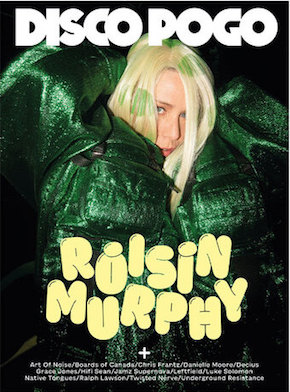
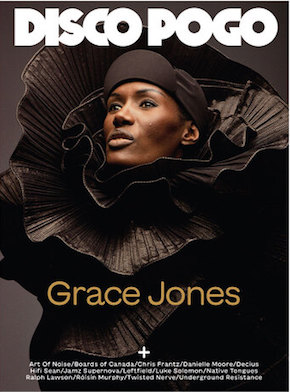
//Disco Pogo’s current issue cover stars Roisin Murphy and Grace Jones//
Sure, music publications continue to emerge today. Though niche in comparison with the mass-market decades, titles such as Disco Pogo prove that print continues to packs a punch.
Here are six of the greats that made a difference:
Rolling Stone April 12 1973
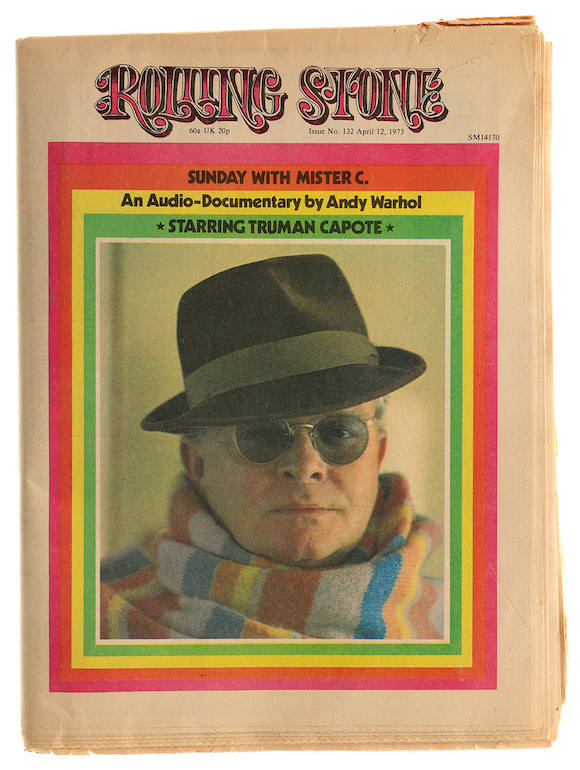
Last year’s sell-out of Rolling Stone’s Harry Styles cover issue underlined the contemporary relevance of the magazine founded as a means of harnessing hippie lifestyle by Jann Wenner in San Francisco way back in 1967. The strength of Rolling Stone – which Wenner sold a few years back – was always that it used music as a springboard to cover the waterfront from sports to the space race and from politics to literature to art, as this early 70s issue demonstrates with a fascinating encounter between two big American cultural beasts: Andy Warhol and Truman Capote.
Black Music December 1973
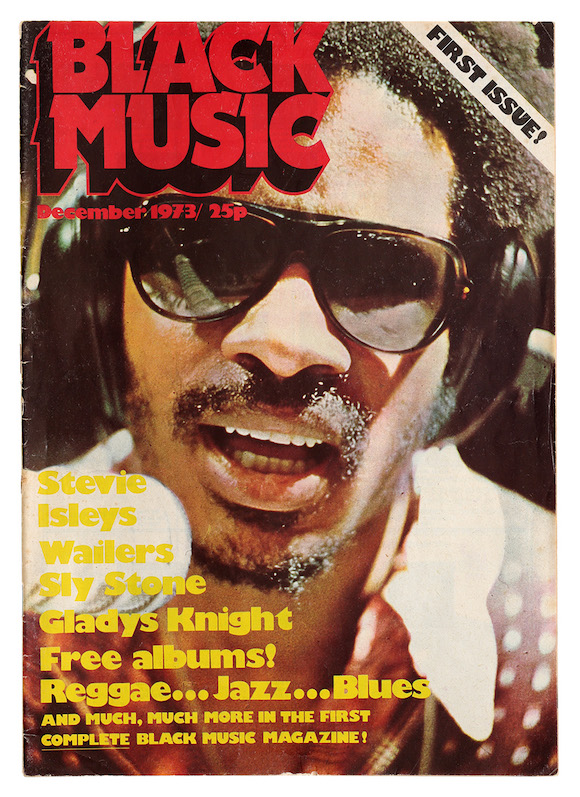
The late Alan Lewis was an unsung hero of music magazines, having been the editorial powerhouse behind Sounds and NME and founder not only of Kerrang! – still going today – but also the era-defining Loaded. Black Music was Lewis’s first venture, conceived by the life-long soul music fan while working as a sub-editor on Melody Maker. Featuring Stevie Wonder on the cover of the first issue, Lewis enlisted such excellent writers as Carl Gayle and produced a monthly which struck a chord with people of colour whose interests in disco and reggae were not reflected in the pages of the rock press.
The Face July 1990
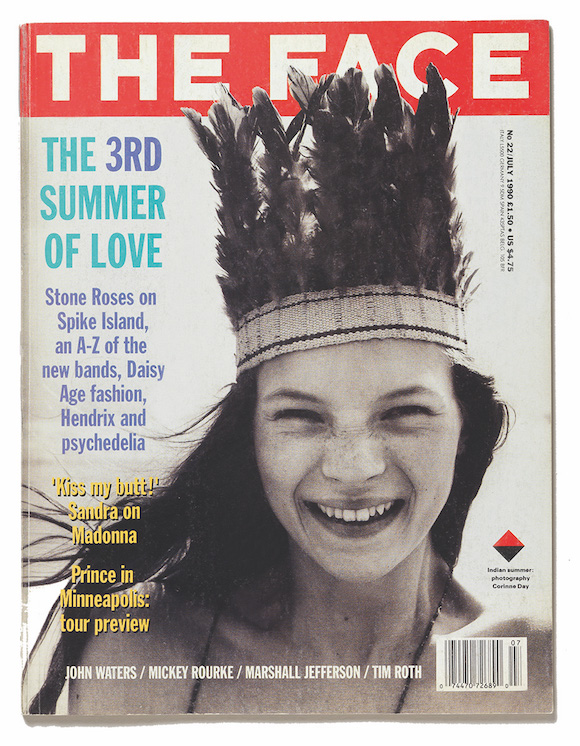
Having toppled the music weeklies’ dominance by launching Smash Hits, ex NME editor Nick Logan was also responsible for the game-changing The Face. Initially focused on 2-Tone and New Romantic, the brief soon widened to take in architecture, art, design, fashion, interiors, photography and politics, enhanced by Neville Brody’s radical neo-Constructivist page layouts. In the 90s, having survived a cancer scare and the loss of a £150,000 libel case brought by Jason Donovan, Logan and his team took on the blissed-out post-acid house era of inclusivity, with this issue celebrating what was described as ‘The 3rd Summer of Love’ and marked by the emergence of Kate Moss, who has recently revealed the pain she suffered as a 16-year-old while posing topless for the shoot for the late photographer Corinne Day.
Girlfrenzy 1992
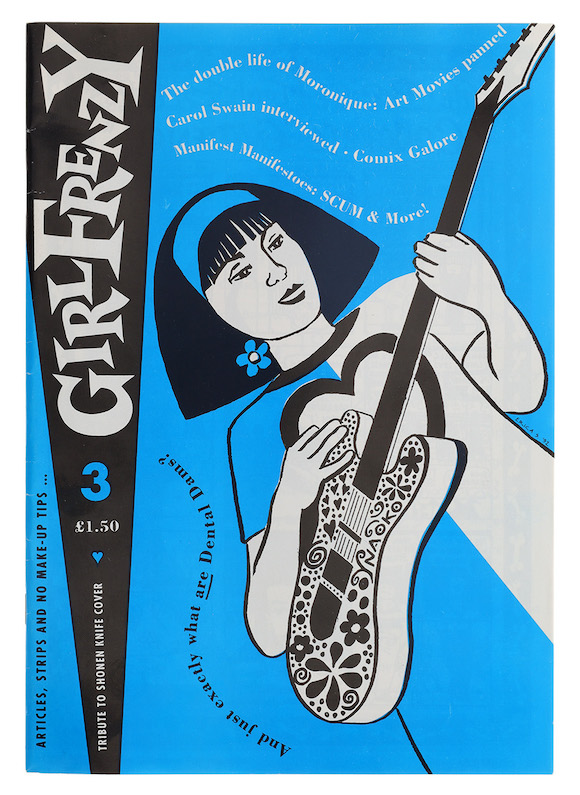
Coinciding with the vigorous rush of the pawky, punky Riot Grrl movement (which minted the phrase ‘girl power’ five years before the Spice Girls), illustrator Erica Smith’s occasional zine celebrated female energy and took hilarious pot shots at male music nerd pomposity. One rock journalist is depicted as exasperating his partner with so many stories about the time he interviewed Nick Cave that she shuts him up by alarmingly inserting rolled-up copies of Melody Maker and NME in his mouth and up his arse…
Ben Is Dead 1995
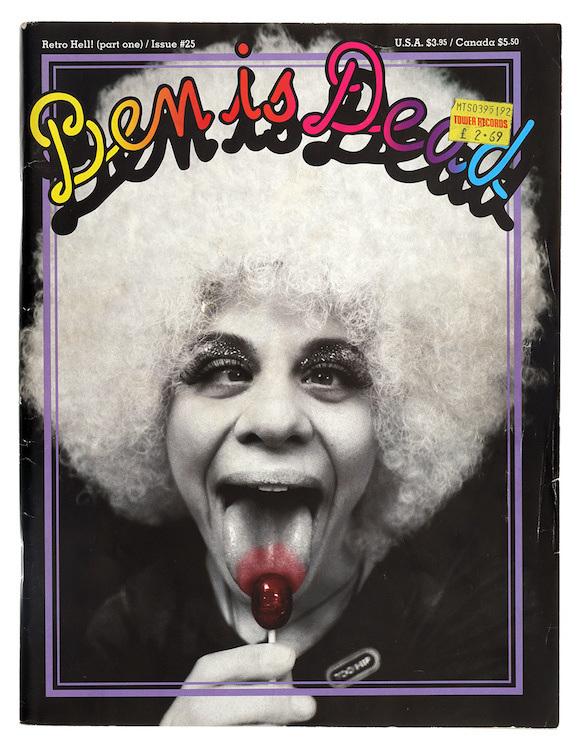
Edited by and written for young women and people from disadvantaged communities, 30 issues of LA-based Ben Is Dead (named after the ex-husband of prime mover Darby Romeo) were published over 11 years from the late 80s and distributed free through an alternative network of record stores, coffee shops and boutiques. Each issue adopted a theme – ‘Sex’, ‘Broke’ and ‘Disinformation’ – and combined wiseass humour with kaleidoscopic visuals. Romeo and her partner-in-crime Kerin Morayata were hired as contributing editors at Vanity Fair and their ‘Sassy’ edition featuring cover star Chelsea Clinton made it to the White House.
Vibe November 1995
 Launched in 1993 by Quincy Jones with producer David Salzman in partnership with Time Inc, Vibe was an ultra-successful blockbuster branding move into Rolling Stone’s lifestyle terrain with an editorial mix with black music at its centre. The Vibe empire soon expanded into book publishing, TV shows, online content and awards with a successful spin-off, Vibe Vixen, geared towards female readers. At its height Vibe‘s monthly sales were claimed at 500,000-plus.
Launched in 1993 by Quincy Jones with producer David Salzman in partnership with Time Inc, Vibe was an ultra-successful blockbuster branding move into Rolling Stone’s lifestyle terrain with an editorial mix with black music at its centre. The Vibe empire soon expanded into book publishing, TV shows, online content and awards with a successful spin-off, Vibe Vixen, geared towards female readers. At its height Vibe‘s monthly sales were claimed at 500,000-plus.
The paperback of Totally Wired: The Rise & Fall of the Music Press by Paul Gorman is published by Thames & Hudson next Thursday (July 6).
